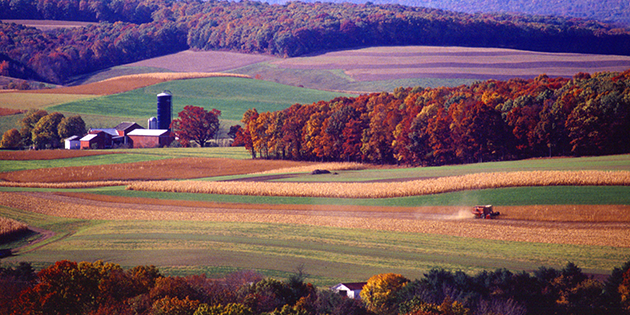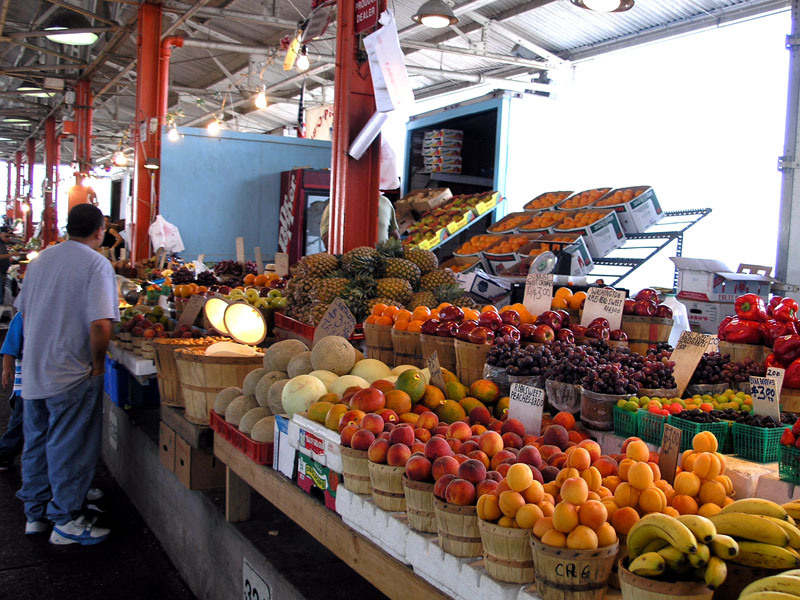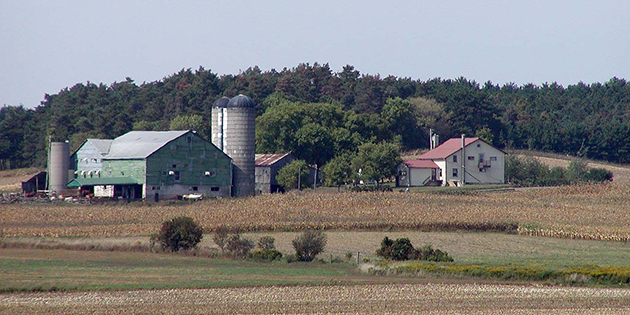Imagine meeting a farmer with 12,000 acres of crops who rarely spends time on his tractor. Just a few years ago that would have been unheard of. Today, it’s just another day on the farm.
According to Jeremy Jack, a farmer in Mississippi, gathering and utilizing data and technology is the only way farmers will be able to meet the challenge of feeding the world in the future. While many people agree, they are surprised to learn that such methods are being used right now on a number of farms. That’s because farming technology such as self-driving tractors don’t get a lot of media attention.
In his article To Feed Billions, Farms Are About Data as Much as Dirt, author Christopher Mims reports he also was surprised by what is happening on many farms today.
The cab of one of these self-driving tractors is now so full of screens and tablets that it has come to resemble the cockpit of a passenger jet—an accurate comparison in more ways than one, since perhaps only the airline industry can match farming in the degree to which its vehicles have become automated.
In fact, many tractor manufacturers today have thousands of software writers on staff.
The result is that [farm equipment manufacturers] aren’t just turning out tractors, combines and trucks that can drive themselves and even each other, automatically coalescing into tight formations as they cross a farmer’s field, like fighter jets at an air show, they are also turning out wirelessly connected sensors that map every field, as well as planting and spraying machines that can variably apply seed and nutrients to a field, as if they were 20-ton print heads for 3D printers.
While this may shock a lot of people, when you think about it, it makes perfect sense. If farmers are going to feed 10 billion people on perhaps less land and with fewer resources than they have now, they will need to be well prepared. And as is usually the case with farmers, they are prepared sooner rather than later.



